A growing number of medical fields and specialties are adopting the use of artificial intelligence (AI) as part of their treatment plans, which is changing the face of healthcare. Using artificial intelligence (AI), machine learning (ML), natural language processing (NLP), and deep learning (DL), healthcare stakeholders and healthcare professionals can identify healthcare needs and solutions faster and more accurately by analyzing data patterns and making informed business and medical decisions.
How AI works in healthcare
As a result of artificial intelligence, a large amount of data is being collected by healthcare organizations in the form of images, clinical research trials, and medical claims, and AI systems can be able to spot patterns and insights that are not normally detectable by humans.
While AI algorithms are trained to recognize and label data patterns, NLP helps them isolate the relevant data by allowing them to isolate the patterns within the data. DL is a method of data analysis and interpretation that makes use of computers and extended knowledge to analyze and interpret the data. As a result of these tools being available, the impact on the healthcare industry is set to be enormous. According to a Frost & Sullivan research report, artificial intelligence and cognitive computing systems in the healthcare are expected to generate $6.7 billion this year.
There are many stakeholders in the healthcare sector that are benefiting from the use of AI:
- It is possible to speed up the process of medical coding search and confirmation for clinical trials by putting together a team of clinicians, researchers or data managers, all of which are involved in clinical trials.
- A conversational artificial intelligence system allows healthcare payers to personalize their health plans so that members who are interested in customized health solutions will be able to connect with a virtual agent via conversation.
- By combing through medical data in order to predict or diagnose diseases faster, clinicians can improve and customize care to patients by providing better and more individualized care.
Top 10 uses of AI in healthcare
1. AI supports medical imaging analysis
In the case of triage of cases, artificial intelligence is used as a tool. A clinician is able to review images and scans with the help of this application. Radiologists and cardiologists can use this information to identify key insights for prioritizing critical cases, avoid potential errors in reading electronic health records (EHRs), and make more accurate diagnoses in order to prioritise the most important cases of patients.
In the course of a clinical study, there may be a great deal of data and images that need to be checked. It is possible to analyze these datasets at high speed using AI algorithms and compare them to other studies in order to identify patterns and out-of-sight connections between different datasets in order to identify patterns. Using the process, medical imaging professionals can track critical information quickly and efficiently.
As an example, Hardin Memorial Health (HMH) needed to find a way to extract the relevant data from its EHRs into a concentrate form that could be accessed by imaging professionals. Having handled more than 70,000 patients per year in the hospital’s Emergency Room (ER), the hospital decided to partner with IBM to implement a patient synopsis module called “The Patient Synopsis”. An imaging procedure conducted on a patient can be identified using the patient information provided by this product.
Radiologists and cardiologists can use a Patient Synopsis to read about past diagnostics and medical procedures, lab results, medical history and allergies to gain a better understanding of the context for these images, and deliver it to radiologists and cardiologists. It is possible to integrate the product with any kind of medical unit structure, access the product from any device or workstation in the network, and upgrade it without affecting the day-to-day activities of the unit.
In order to design a more customized, targeted and accurate diagnostic report, it is important to identify relevant issues and present them to radiologists in a friendly summary view, which allows for the design of a more customized, targeted and accurate report.
2. AI can decrease the cost to develop medicines
With supercomputers, it has been possible to predict from a database of molecular structures which potential medicines would and would not be effective for a variety of diseases using databases of molecular structures convolutional neural networks, a technology similar to the one that makes cars drive by themselves, AtomNet was able to predict the binding of small molecules to proteins by analyzing hints from millions of experimental measurements and thousands of protein structures.
Convolutional neural networks were used in this process to identify safe and effective drug candidates from a database search, which enabled the cost of developing medicine to be reduced.
During the outbreak of Ebola in West Africa in 2015, Atomwise teamed up with IBM and the University of Toronto to search for compounds that bound to a glycoprotein that could prevent Ebola viruses from entering cells during in vivo tests (in an animal’s living body). As a result of this test, the best compounds would be found. A particular compound was selected based on the fact that it had similar properties to other viruses whose mechanism of penetration into cells was similar to the one used in the selected compound. The AI analysis took less than a day, a process that would have usually taken months or years.
3. AI analyzes unstructured data
As a result of huge amounts of health data and medical records, clinicians often struggle to keep up to date with the latest medical developments while providing quality patient-centered care at the same time. Medical units and medical professionals have been curating EHRs and biomedical data so they can quickly scan them through ML technologies to provide clinicians with prompt, reliable answers to their questions.
It is very common for medical records and health data of patients to be stored as unstructured, complicated, and unmanageable data, which makes them difficult to interpret and access. In addition to assisting repetitive tasks and supporting clinicians with fast, accurate, tailored treatment plans and medicine for their patients, artificial intelligence can search, collect, store and standardize medical data in any format, so clinicians do not have to worry about searching, identifying, collecting and transcribing their patients’ medical information from piles of paper formatted EHRs in order to get the solutions they need.
4. AI builds complex and consolidated platforms for drug discovery
The use of AI algorithms can assist in identifying new drug applications, tracing their toxic potential, and determining their mechanism of action as a result of their discovery. As a result of the use of this technology, a platform for drug discovery was built, allowing the company to repurpose existing drugs and bioactive compounds in order to develop new ones.
An AI-driven platform designed by the founding company of this platform is able to generate around 80 terabytes of biological data every week as a result of combining the best elements of data science, biology, and chemistry with automation and the latest advances in artificial intelligence.
As a result of the use of machine learning tools, insights can be extracted from biological datasets that are too complex to be interpreted by humans, lowering the possibility of human bias in the process. As Big Pharma companies have discovered, finding new uses for known drugs is an appealing strategy, since it is less expensive to repurpose and reposition existing drugs than to create them from scratch, since repurposing and repositioning known drugs will save them money.
5. AI can forecast kidney disease
It can be difficult for clinicians to detect acute kidney injury (AKI), but the condition can lead to rapid deterioration of a patient and can even be fatal if not treated rapidly. As an estimated 11% of hospital deaths are caused by a failure to identify and treat patients, it can be important to be able to predict and treat these cases as early as possible in order to reduce the need for life-long treatment as well as the cost of kidney dialysis.
Earlier this year, the Department of Veterans Affairs (VA) and DeepMind Health partnered to create a machine learning (ML) tool that can predict acute kidney injury up to 48 hours in advance. In comparison to traditional methods of care, the AI tool was able to identify more than 90% of acute kidney injury cases 48 hours earlier than the conventional method.
The partnership between the VA and DeepMind Health continues to flourish. In the next phase of this project, they intend to figure out how this machine learning tool can be implemented in medical units. We are also working on a user-friendly platform that can assist clinicians in their treatment decisions so that they can improve the quality of life for Veterans suffering from AKI by improving their treatment decisions.
6. AI provides valuable assistance to emergency medical staff
When you have a sudden heart attack, the time between dialing 911 and the arrival of the ambulance can make a huge difference in your recovery. There are a number of symptoms that should be recognized by emergency dispatchers so that appropriate measures can be taken in order to increase the likelihood of survival in a cardiac arrest. It is possible for AI to analyze both verbal and nonverbal clues to establish a diagnostic from a distance based on a combination of both.
The Corti tool is an artificial intelligence tool that assists the emergency medicine staff in their work. When Corti detects a heart attack from the voice of the caller, background noise and relevant data gathered from the patient’s medical history, it alerts emergency personnel to the situation. In the same way as other machine learning technologies, Corti does not search for particular signals, but rather trains itself by listening to many calls in order to identify crucial indicators which are influencing a call’s outcome.
Corti’s model is continuously improved as a result of this learning process, which is an ongoing activity. It is possible for Corti to be able to detect the difference between background noise, such as sirens, and clues from the caller, or cues from the patient in the background, due to the technology it uses.
Around 73% of the time, emergency dispatchers in Copenhagen are able to identify the cause of a cardiac arrest based on the description provided by the caller when answering a call for help. However, artificial intelligence is capable of going above and beyond. By combining speech recognition software with machine learning algorithms, as well as other background clues, a small-scale study conducted in 2019 found that ML models performed better than human dispatchers when it comes to recognizing cardiac arrest calls.
In support of emergency medical staff, machine learning can play a vital role. As the technology develops, medical units might be able to respond to emergency calls with the help of automatic defibrillators equipped drones or with the help of CPR-trained volunteers, thus increasing the chances of survival in cases of cardiac arrest that occur in the community in the future.
7. AI contributes to cancer research and treatment, especially in radiation therapy
Radiation therapy is sometimes affected by the lack of access to a digital database which collects and organizes electronic health records (EHRs), which has a detrimental effect on the research as well as treatment of cancer. As a way to assist clinicians in making informed decisions regarding radiation therapy for cancer patients, Oncora Medical developed a platform to gather pertinent medical data of cancer patients, evaluate the quality of care provided, optimize treatments, and provide a comprehensive picture of oncology outcomes and data.
As a result of the automatic generation of clinical notes integrated with EHRs, clinicians have reduced the amount of time they spend managing patient documentation, which in turn improved medical operations and outcomes as a whole.
8. AI uses data collected for predictive analytics
As EHRs are becoming an AI-driven predictive tool, clinicians are able to be more effective with their workflows, medical decisions, and treatment plans by turning them into AI-driven tools. As a result of Numerical Learning and Machine Learning (NLP and ML), it is possible to read the entire medical history of a patient in real time, connect it with symptoms, chronic affections or an illness that affects other members of the family. As a result of the data collected, they can turn it into a predictive analytics tool that can provide early detection and treatment of diseases before they turn life-threatening.
Chronic diseases are, in essence, able to be predicted and their progression rate can be monitored. This is a company that specializes in decoding unstructured data – data stored in the form of notes (clinicians’ notes, discharge summaries, diagnosis and hospitalization notes, for example).
These notes are used in conjunction with EHRs to generate clinical insights for medical professionals, allowing them to make data-driven decisions in order to improve patient outcomes by using the notes. With the stated intention of lowering costs for patients and clinicians by assisting in early and accurate diagnoses of patients, CloudMedX solutions have already been applied in several high-risk diseases such as renal failure, pneumonia, congestive heart failure, hypertension, liver cancer, diabetes, orthopedic surgery, and stroke, as well as in multiple other diseases.
9. AI accelerates the discovery and development of genetic medicine
In addition to this, AI is also being used to assist in the discovery and development of medicine with a high rate of success. An altered molecular phenotype, such as an altered protein binding pattern, contributes to the development of genetic diseases. It is possible to predict the likelihood of genetic diseases arising from these alterations by predicting the presence of these changes. In order to accomplish this, it is necessary to collect data on all compounds that have been identified and on biomarkers that are relevant to certain clinical trials.
Deep Genomics, for example, uses artificial intelligence to process this data in order to create a personalized genome. With its proprietary artificial intelligence, the company develops new methods for fixing genetic mutations while developing customized treatments for people suffering from rare Mendelian and complex diseases that are the result of genetic mutations.
The company is testing identified compounds in order to develop faster genetic medicines for conditions with a high unmet need for genetic medicine. The company’s experts are working on “Project Saturn,” which is a drug system based on artificial intelligence molecular biology that uses computer modeling or computer simulations to analyze more than 69 billion oligonucleotide molecules against more than one million target sites in silico (conducted or produced by computer modeling or computer simulation) in order to monitor cell biology and to unlock greater potential for treatments.
As genetic medicine becomes more and more successful, it will bring benefits to patients and clinicians in the form of a reduction in the costs associated with the treatment of rare diseases.
10. AI supports health equity
The AI and Machine Learning industries have a responsibility to design healthcare systems and tools that ensure fairness and equality are met, both in data science and in clinical studies, so that the best possible health outcomes can be achieved. When ML algorithms are used in various areas of medicine, there is a risk that health inequities may arise as a result of the use of these algorithms.
It is important for those who are responsible for implementing AI in healthcare to ensure that the algorithms utilized are not only accurate, but also objective and fair. The fact that a patient’s race and ethnicity are taken into account in many clinical trial guidelines and diagnostic tests has led to a debate, which is as follows:
Do these factors appear to be evidence-based in the selection process? Can data about race and ethnicity be used to reduce or increase universal health inequities based on race and ethnicity? It is well known that machine learning is a set of methods that enable computers to learn from the data that they process based on patterns that appear in the data. As a result, at least in principle, machine learning can provide unbiased predictions based only on a neutral analysis of the underlying data, which in turn can provide them with unbiased predictions.
The use of artificial intelligence and machine learning algorithms can be trained in order to reduce or remove biases by promoting data transparency and diversity in order to reduce health inequities. It has been demonstrated that medical research in the fields of AI and machine learning has the potential to eliminate health-outcome differences based on race, ethnicity or gender.
CONCLUSION
AI adoption in healthcare continues to face challenges, such as a lack of trust in the results delivered by a machine learning system and a need to meet specific requirements when it comes to AI applications. It is true that AI has already brought multiple benefits to healthcare stakeholders as a result of its use in health.
A number of people can benefit from the use of artificial intelligence in healthcare, whether it is improving workflows and operations, assisting medical and non-medical staff with repetitive tasks, supporting users to find answers to their questions in a timely manner, or developing innovative treatments and therapies.
You can also read this:
Artificial Intelligence (AI) and Intelligent Automation – An “ATM” for IT?
Continuous Threat Exposure Management: Using AI to Protect Organizations
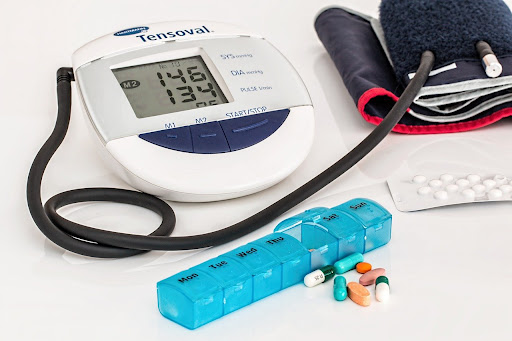

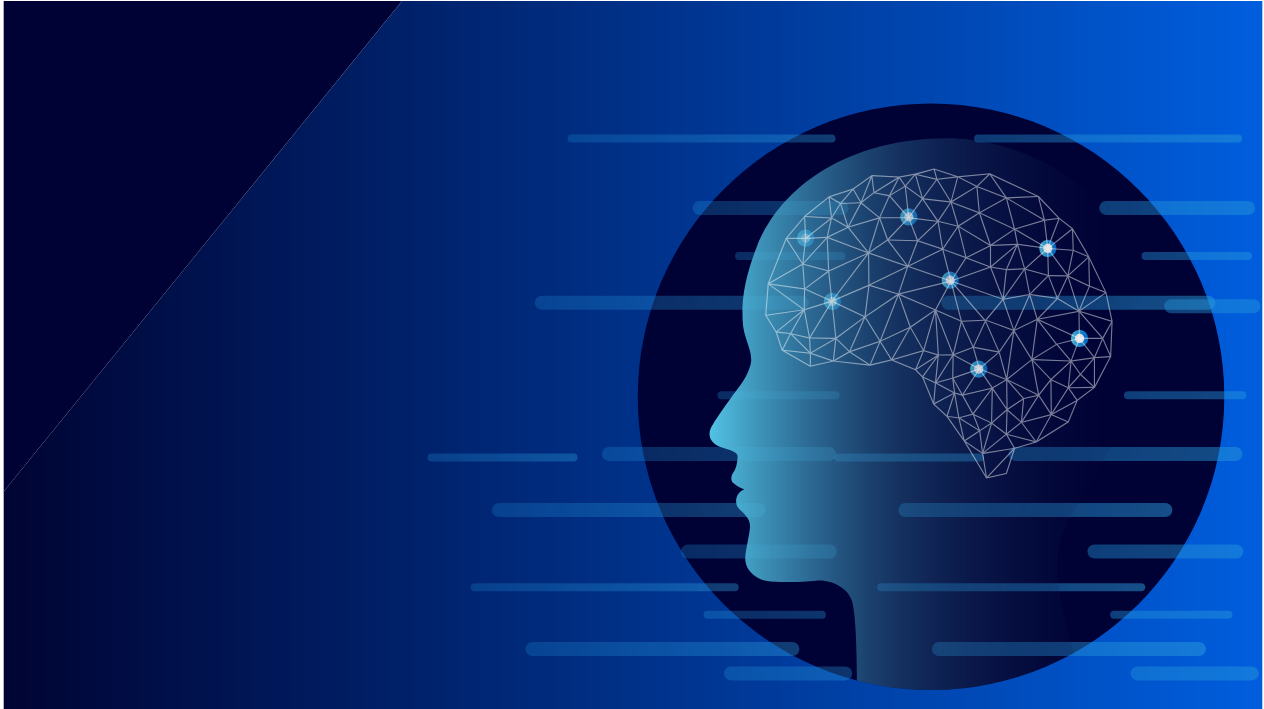




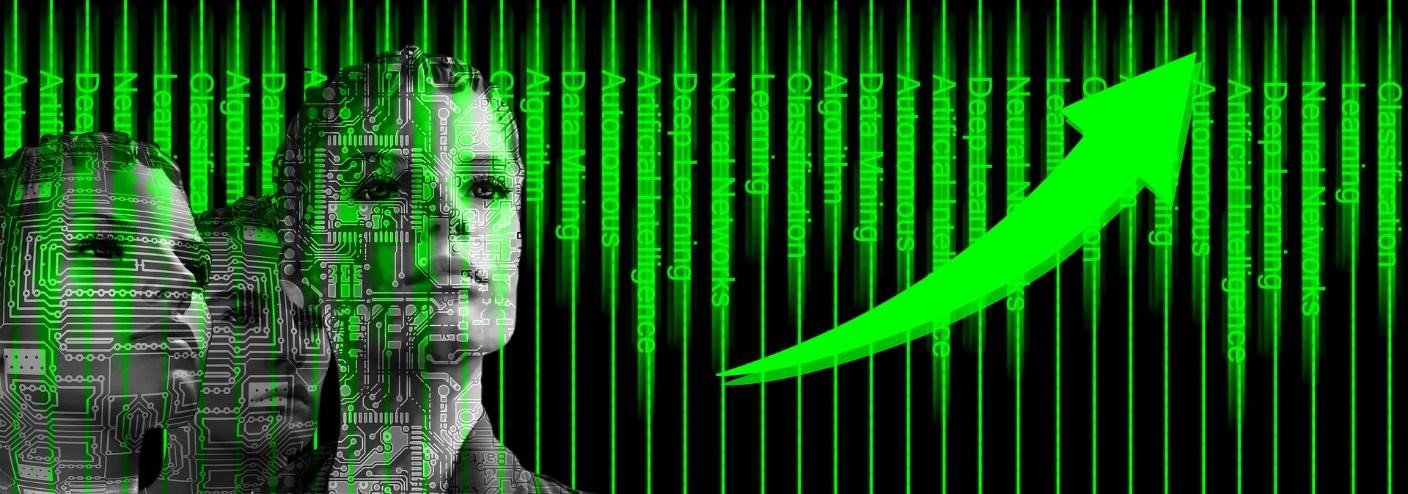
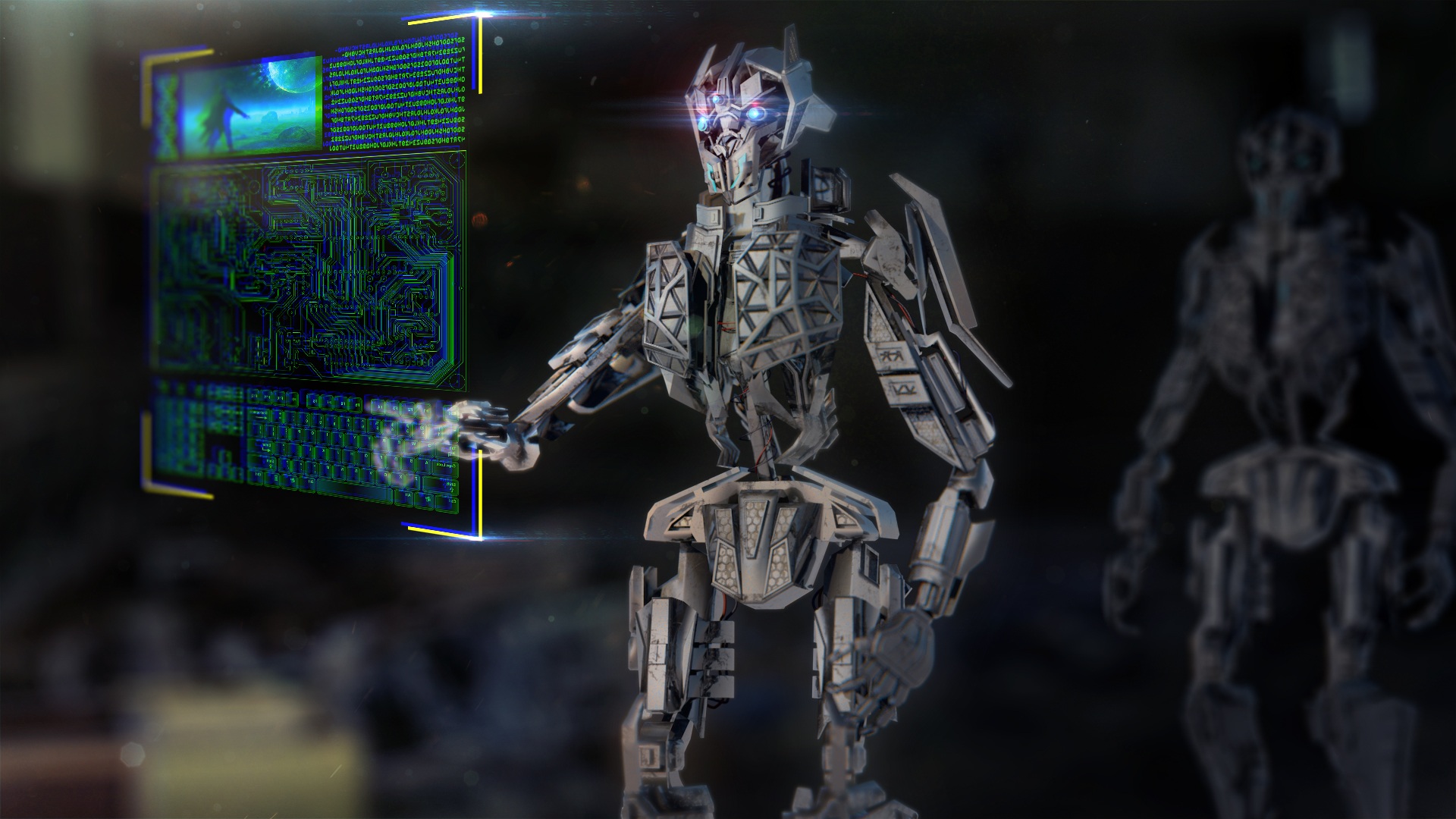
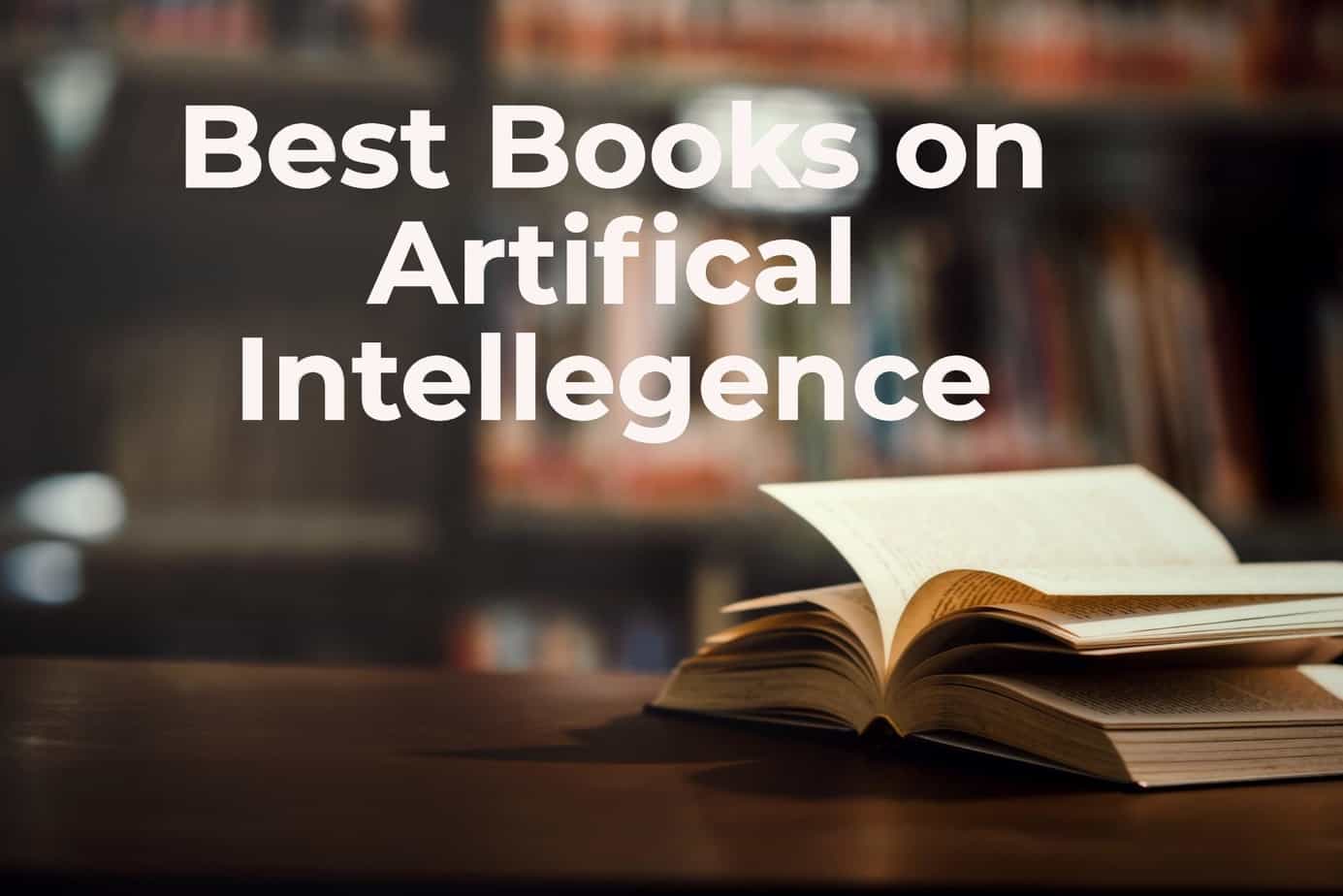
2 Comments
[…] Using machine learning in healthcare: 10 real-world examples […]
[…] Using machine learning in healthcare: 10 real-world examples […]